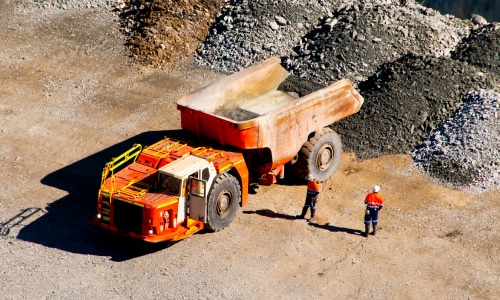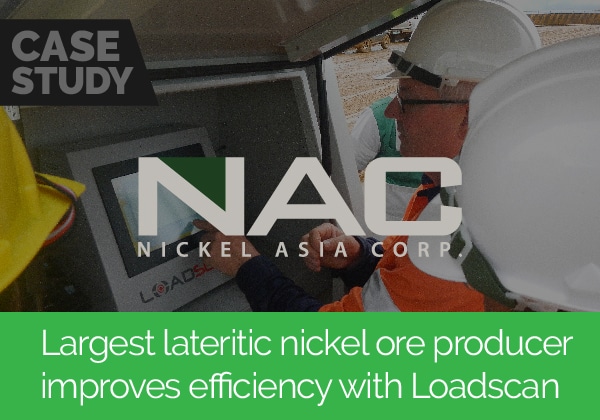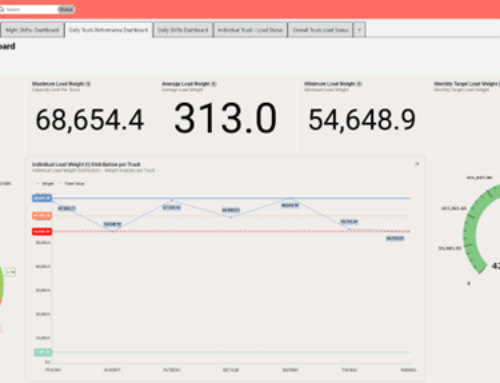Optimizing Mining Operations with Pitram and Loadscan Integration at CSA Cobar The MAC [...]
The latest round of increases to New Zealand’s national waste disposal levy has come into effect, with another landfill class now affected by costs under the Government-implemented scheme.
Introduced under the Waste Minimisation Act 2008, the controversial levy is designed with the purpose of raising revenue for the ‘promotion and achievement of waste minimisation’ according to Ministry for the Environment material, adding that it comes in recognition of the costs that disposal imposes on the environment, society and the economy. Further information indicates the levy is designed to encourage organisations and individuals to take responsibility for the waste they produce, as well as find more effective and efficient ways to reduce, reuse, recycle or reprocess waste.
Levy costs vary significantly depending on the class of facility and the waste types they are catering for but, from July 1, 2021, the Government has progressively increased and expanded the levy, with the latest round of increases having been implemented from the start of July this year.
Levy costs are assigned on a per-gross tonne basis with different values assigned to different classes of landfill. However, the ability to use volume-to-weight conversion factors ensures that a Loadscan Load Volume Scanner (LVS) can play a comprehensive part in ensuring correct load measurement of fill or waste material entering a site. Conversion factors for volume-to-weight calculations vary depending on the description of the waste material being handled.
Because reporting of material quantities is a requirement under the legislation, accurate record-keeping is vital, Loadscan’s MyScanner load management system can deliver comprehensive data for reporting and to ensure clarity and detail during compliance auditing.
Further information on the waste disposal levy, including fact sheets, are available on the Ministry for the Environment website.
Find out more about Loadscan’s Load Volume Scanner













































